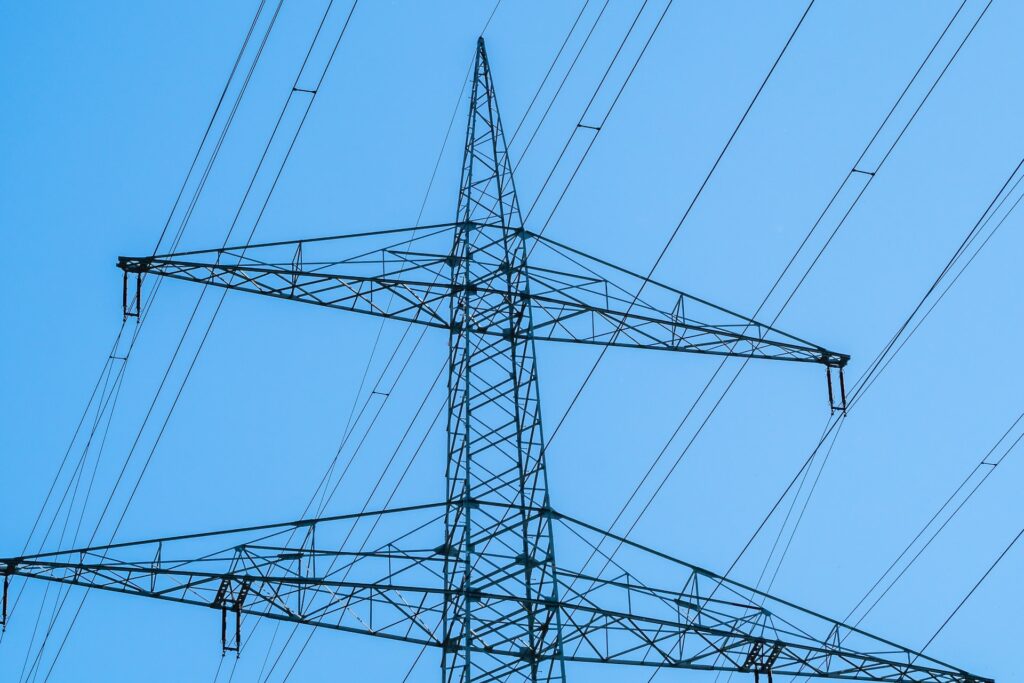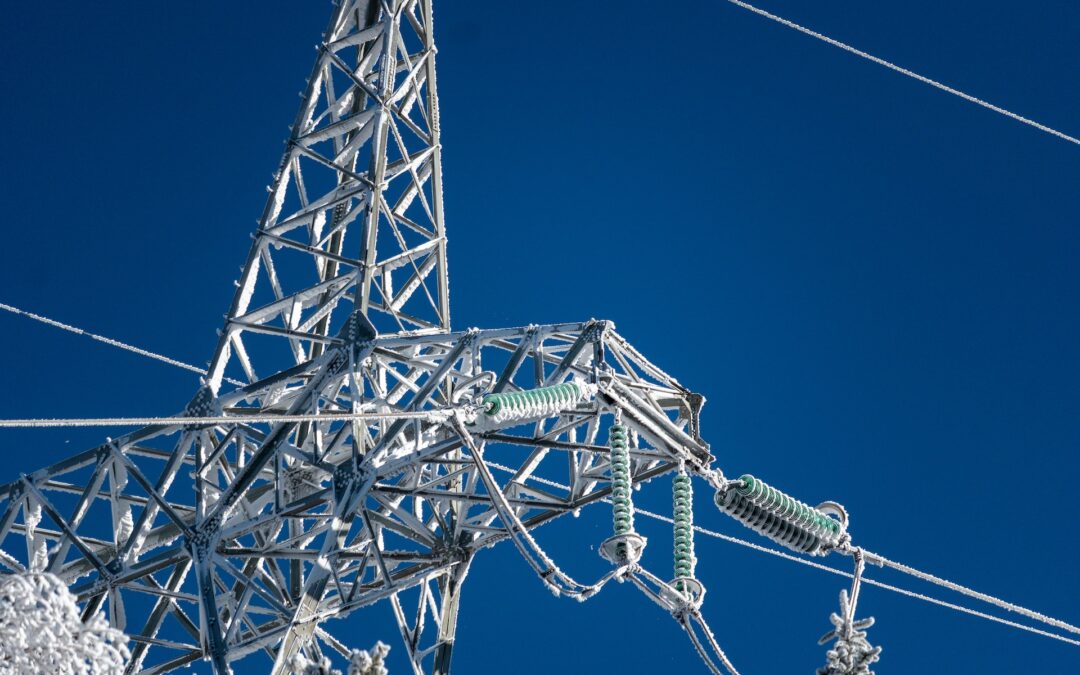- Micro grid is viewed as independent and controllable entity.
- Line construction hardware connects and supports power applications in the field.
- Microgrid is of three types which include remote grids, gridconnected microgrid and networked microgrid.
Micro grid is viewed as independent and controllable entity. Understanding the work mode and definition of mirco grid has deep impact on the normal operation of electrical power systems.
Line construction hardware connects and supports power applications in the field. For instance, line construction equipment bracket suspend conduit from above supports. They support the conductors on the transmission lines. They ensure the safety and stability of the installation of overhead conductor wires. Even at the severe weather conditions, it can still withstand the external disturbance.
The Definition of Micro Grid

A microgrid is a local energy grid with the control capacity which means it can disconnect from the utility grid and still operate independently. In order for the microgrid to be preferred to other power line hardware, they use generated power produced from wind turbines, solar panels and other thermal sources.
The energy can be distributed to the different utility points or it can be stored in batteries within the microgrid. Sometimes the microgrids are used as back up to power for different areas, which makes them to stand out from the power line hardware.
Use of Microgrid
The microgrid is used to connect all the houses, businesses, schools among other buildings to ensure efficient flow of power. When there is an outage of power or need for maintenance, all these connections to the grid are affected. Thus, the need for microgrid arises. The microgrid is connected to a group of these entities and when there is a maintenance or outage, it can use the stored power from its batteries. This is why it is also referred to as a power back up.
Power line hardware may be knocked down by certain weather conditions which cause power outage in the grid. In this case, a microgrid may prove beneficial to the users. The users may apply the same method used in microgrids in their homes where they can produce and store energy from solar panels and use them in case of such emergencies.
Applications of microgrid
Since most of the power line hardware is affected by severe storms, outages, aging infrastructure and cost pressure, microgrids come in to relieve and lower risks to improve process performance.
Microgrids are hence well suited for:
Organizations requiring large amounts of reliable energy which may include colleges, manufacturing sites, military bases, government operations, and municipalities. They mostly require a resilient power system that can protect their operations in case of an emergency.
Organizations wanting to lower energy cost curb power costs by connecting to the national power grid when it is economical. When it is not economical, you connect to the microgrid for your power needs.
Organizations requiring stability use microgrids as they offer efficient solution for incorporating sustainable energy into your operation. Microgrids merge renewable with non-renewable sources.
Benefits of using electrical conductors in microgrids
- Conductor are said to be materials that allow electric current to pass through them easily. They are essential to use when conducting electricity because they define the flow of electricity from one point to another.
- Electrical conductors are durable because they are mostly hot dip galvanized which makes them resistance to corrosion thus last longer.
- They enhance safety because electric current is held where it is supposed to and transferred to where it is intended.
- Electrical conductors ensure low maintenance of the components used in microgrids thus saving on time and cost.
Challenges of Microgrids
A microgrid has a number of operational challenges which have to be addressed in order for the microgrid to reach their full distribution targets. These include:
- Twoway power flows – in the presence of distributed generation units, low voltage levels of power are inverted which leads to drawbacks in protection coordination, unpleasant power flow patterns, fault current distribution and voltage control.
- Balance issues the interactions between control systems of distributed generation entities may forge local fluctuations, requiring a thorough disturbance stability analysis.
- Uncertainty – the uncertainties that make the coordination challenging are load profile and weather. The economical and dependable operation of the microgrids depends on addressing these uncertainties. The electrical conductors do not bring any uncertainties which prove them to be better for this use.
- Models – most traditional models such as the three-phase balanced conditions and constant power load do not hold true and thus the microgrids models need to be revised. Electrical conductors have the common design and do not require revisions for them to be effective.
- Low inertia the low inertia characteristics of the microgrid make them different to mass power systems. The low inertia in the system may make leads to strict frequency deviations in isolation mode operation if a proper control mechanism is not implemented. This does not occur on electrical conductors which are very conductive and they ensure proper distribution of power to different points.
FAQs
What are the types of microgrid?
Microgrid is of three types which include remote grids, gridconnected microgrid and networked microgrid.
What are the benefits of microgrid?
Microgrid has benefits such as production of clean energy, reduction of cost and improved reliability.
Where are microgrids used?
Microgrids can be used in educational campuses, military bases, industrial centers and agricultural sectors among others.


